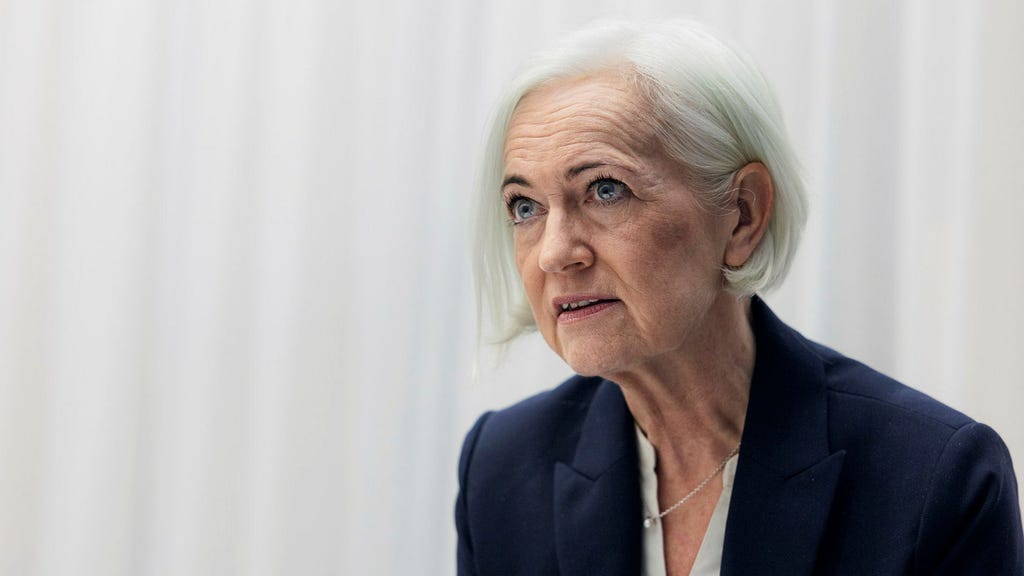The Swedish government has doubled its funding for cervical cancer prevention to 50 million kronor in 2025. This increased investment aims to expand access to the free HPV vaccine and bolster ongoing efforts to eradicate the disease. The strategy focuses on preventative measures, increased healthcare accessibility, and ongoing education initiatives. Health Minister Acko Ankarberg Johansson emphasized the unique eradicable nature of cervical cancer, commending the regional efforts, particularly a surge in vaccinations last December. She highlighted the broad political and societal consensus driving this ambition.
Cervical cancer is primarily caused by the human papillomavirus (HPV), a common sexually transmitted infection encompassing over 200 viral types. Most HPV infections are asymptomatic and resolve spontaneously. However, thirteen high-risk HPV types can cause various cancers, including cervical, vaginal, anal, penile, and throat cancers, with cervical cancer being the most prevalent HPV-related malignancy. The government’s initiative, developed in collaboration with the Swedish Association of Local Authorities and Regions (SKR), falls under a broader national cancer care strategy. Kjell Ivarsson, SKR’s National Cancer Coordinator, lauded the regions’ efforts against cervical cancer. He noted that intensified campaigns last autumn led to significant progress, with some regions exceeding the 70% vaccination coverage threshold, considered sufficient for herd immunity against this disease.
The ”Gratissprutan mot hpv” (Free shot against HPV) campaign targets women born between 1994 and 1999, offering free HPV vaccination. Even those previously vaccinated are encouraged to receive the updated vaccine, which provides broader protection against more viral types. Vaccination involves a single injection in the upper arm, and appointments can be booked online. Post-vaccination, individuals are urged to attend regular HPV screening appointments. The focus on this specific age group stems from a misconception among many that they are already fully vaccinated or, as Ivarsson explains, they are ”in the midst of life” and preoccupied with other matters. Some may mistakenly believe their school-administered vaccination is sufficient. However, completing the vaccination course is crucial both for individual protection and for reducing the risk of viral transmission.
Reaching the 70% vaccination target is paramount for achieving herd immunity and ultimately eradicating cervical cancer. Ivarsson stressed the significance of this goal, emphasizing the unprecedented opportunity to eliminate a cancer type. The campaign’s primary focus until mid-2025 will remain on women born between 1994 and 1999, encouraging them to seek vaccination for their own protection and the collective benefit of disease eradication. Last month, a DN investigation revealed that 155,000 women in Sweden were excluded from the national cervical cancer screening program, targeting women aged 23 to 70. This oversight occurred due to a delayed transition to a new testing method introduced in 2015. The delay, spanning up to six years in some regions, resulted in women at the upper age limit being excluded without first receiving an HPV test.
At the time of the revelation, Health Minister Ankarberg Johansson criticized the regions for failing to comply with the law. However, she has since acknowledged and commended their subsequent efforts to rectify the situation, particularly the increased vaccination rates in December. While acknowledging that autumn is typically a busy vaccination period, she praised the regions’ extraordinary efforts and the significant progress made. The national screening program, implemented across various Swedish counties between 1966 and 1977, has significantly reduced cervical cancer mortality, preventing an estimated 1,500 deaths annually. Currently, all regions offer free screening to women aged 23 to 70. While previously, cytology tests were used to analyze cell changes, the current method directly detects HPV infection, the precursor to cervical cancer.
This comprehensive approach, encompassing increased funding, targeted vaccination campaigns, improved screening protocols, and a focus on public awareness, reflects Sweden’s commitment to eradicating cervical cancer. The collaborative efforts between the government, regional healthcare providers, and organizations like the SKR demonstrate a concerted national strategy to combat this preventable disease and protect public health. The emphasis on reaching the target vaccination rates, particularly among the 1994-1999 birth cohort, is crucial to achieving herd immunity and ensuring the long-term success of this initiative. The ongoing monitoring and adjustments to the screening program, following the recent revelations about excluded women, further demonstrate a commitment to continuous improvement and ensuring equitable access to preventative healthcare.














